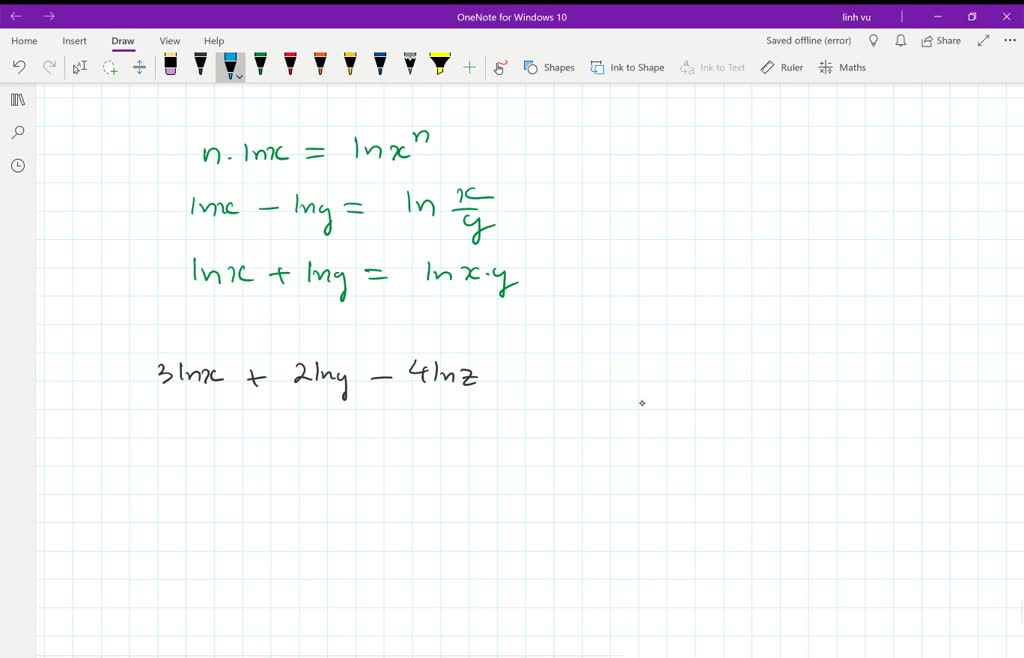
The ~ character is useful for making relative references to the parent of a commit. HEAD always refers to the current commit, be it a branch or a specific commit. Aside from checksums, branch names (discussed in the Branch Module) and the HEAD keyword are other common methods for referring to individual commits. For instance, git log 3157e.5ab91 will display everything between the commits with ID's 3157e and 5ab91. This ID can be used in commands like git log. Second, it serves as a unique ID for the commit. First, it ensures the integrity of the commit-if it was ever corrupted, the commit would generate a different checksum. The 40-character string after commit is an SHA-1 checksum of the commit’s contents. Most of this is pretty straightforward however, the first line warrants some explanation. Some of the most common configurations of git log are presented below. Log output can be customized in several ways, from simply filtering commits to displaying them in a completely user-defined format. While git status lets you inspect the working directory and the staging area, git log only operates on the committed history. It lets you list the project history, filter it, and search for specific changes. The git log command displays committed snapshots. Some Git commands (e.g., git merge) require the working directory to be clean so that you don't accidentally overwrite changes. The git add action will be reflected in the second git status, and the final status output will tell you that there is nothing to commit-the working directory matches the most recent commit.

The first status output will show the file as unstaged. # Edit hello.py git status # hello.py is listed under "Changes not staged for commit" git add hello.py git status # hello.py is listed under "Changes to be committed" git commit git status # nothing to commit (working directory clean) gitignore file in your project root will prevent compiled Python modules from appearing in git status:

Any files that you'd like to ignore should be included on a separate line, and the * symbol can be used as a wildcard. While it's definitely beneficial to include the former in the git status output, the latter can make it hard to see what’s actually going on in your repository.įor this reason, Git lets you completely ignore files by placing paths in a special file called. They're either files that have just been added to the project and haven't been committed yet, or they're compiled binaries like. Untracked files typically fall into two categories. # On branch main # Changes to be committed: # (use "git reset HEAD ." to unstage) #modified: hello.py # Changes not staged for commit: # (use "git add ." to update what will be committed) # (use "git checkout - ." to discard changes in working directory) #modified: main.py # Untracked files: # (use "git add ." to include in what will be committed) #hello.pyc Ignoring Files Sample output showing the three main categories of a git status call is included below: Status messages also include relevant instructions for staging/unstaging files. It simply shows you what's been going on with git add and git commit. The git status command is a relatively straightforward command. List which files are staged, unstaged, and untracked. The git log command displays committed snapshots.
#CONDENSE A LOGARITHM CODE#
The high-level function of git blame is the display of author metadata attached to specific committed lines in a file. This is used to explore the history of specific code and answer questions about what, how, and why the code was added to a repository.git tag is generally used to capture a point in history that is used for a marked version release (i.e. Tags are ref's that point to specific points in Git history.Status output does not show you any information regarding the committed project history. It lets you see which changes have been staged, which haven’t, and which files aren’t being tracked by Git. The git status command displays the state of the working directory and the staging area.


 0 kommentar(er)
0 kommentar(er)
